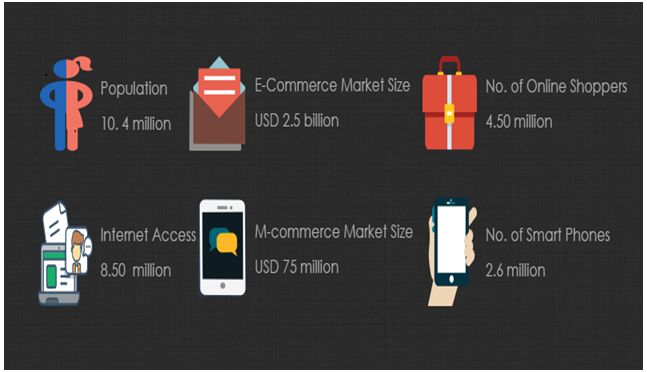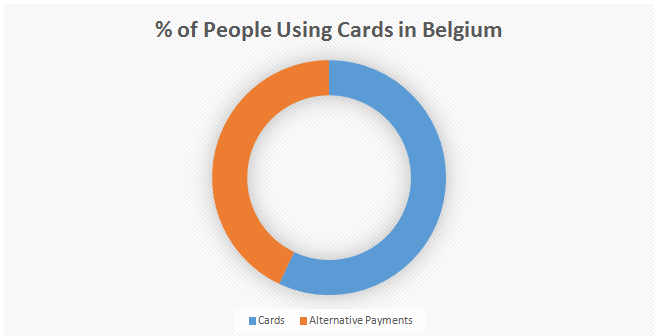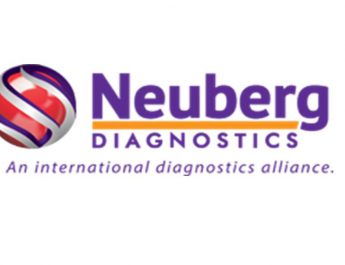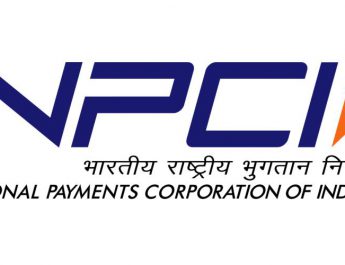Belgian consumers have gradually opened up to electronic means of payments such as the debit and credit cards. While the e-commerce payment market has shown consistent performance over the past decade, m-commerce is also beginning to show optimistic results. In fact, positive word-of-mouth publicity is contributing significantly towards increased use of mobile wallets in Belgium. Here is a quick snapshot of Belgium’s consumer market profile:
Research has revealed that Belgium’s consumer payments market is amongst the more developed ones globally. This can be attributed to the fact that as of 2013, more than 80% of Belgian population had access to the Internet and its services. Moreover, almost half of the nation’s population participated in online shopping through both e-commerce and m-commerce platforms. The trend has been growing ever since. In fact, the m-commerce market is expected to record a CAGR of 41% by 2020.
Talking specifically about the cards and payments industry of Belgium, there has been high growth during the past five years. Currently, cards and bank transfers comprises of over half the entire payments by volume. In addition, both remote mobile wallets and eWallets are also showing potential. The figure below shows that 57% of the total Belgium population prefers using cards over other alternative means of payments.

Amongst the cards payments industry, Belgians are more inclined towards debit cards, using them an average 75 times per year. Also, the Belgian consumers have a greater appetite for using pay-now cards over pay-later cards. In fact, only about 22% of all cards in the payment cards market constitute of credit and charge cards, rest 78% is captured by the debit cards. For card issuers, this is where an opportunity for growth lies as they can drive the uptake and usage of pay-later cards through better incentives.
Till 2015, the Belgian customers have shown some apathy towards proximity mobile wallets over remote wallets. However, continuous efforts towards improving m-commerce infrastructure and rapid development of contactless payment technologies is changing the way Belgian consumers perceive the benefits of using mobile wallets. Particularly, data has revealed that the transaction volume of payments made through mobile wallets at the Point of Sale is going to increase dramatically between 2016 and 2019. In fact, the number of users making payments through mobile wallets at the physical PoS is expected to be 1.1 million by 2020. The following figure gives a statistical view of the projected growth in the use of mobile wallets:

Belgian consumers within the cards and payments industry prefer to use their national payment solutions such as Mister Cash / Bancontact and online banks’ payment buttons (ING Home’Pay, KBC CBC and Belfius). Almost 52% of all cashless transactions made on Belgian e-commerce websites use the above mentioned payment methods.
Overall, it can be concluded that even in the face of global slowdown, Belgium’s payment cards market continued to record positive results because of its high penetration. In addition, this growth of payments card market was also supported by the rise in the use of e-commerce and m-commerce services by the consumers. This has resulted in a fiercely competitive business environment for payment card issuers in the Belgian consumer payments market. The best opportunity to drive uptake lies in the credit-card and proximity wallets sector. On the one hand, the issuers can offer better incentives to customer who use credit cards and on the other hand, they can promote the ease-of-use and other benefits of using proximity wallets. With such shift in trends, there are lot of growth opportunities of players in the payments market such as the card issuers.
With a population of 10.8 million, the Belgian economy has begun to show signs of improvement. One of the primary drivers for this growth in GDP is the private consumption that rose by 1.4% in 2015. Even though wage growth was limited in the past five years, strategically managed income tax cuts and low inflation pressure was able to protect the household’s purchasing power. In terms of sectoral activity, the services are primarily driving economic growth in Belgium.
In terms of going cashless, Belgium is counted amongst the most advanced countries. The Belgian Government has been taking aggressive initiatives for reforming the consumer payment industry. Apart from making the payment systems more efficient, these initiatives are also aimed towards upgrading the infrastructure to align with the latest technology. An interesting fact is that the Belgian government has imposed a limit of 3000 euros on cash payments.
Growth in the Belgian cards and payments industry is also highly driven by the growth in e-commerce and m-commerce industries. As of 2014, its e-commerce market a reported a revenue of USD 4.9 billion, which is a marked improvement from the previous year. Similarly, m-commerce market also reported significant growth with revenue exceeding USD 238.0 million.




